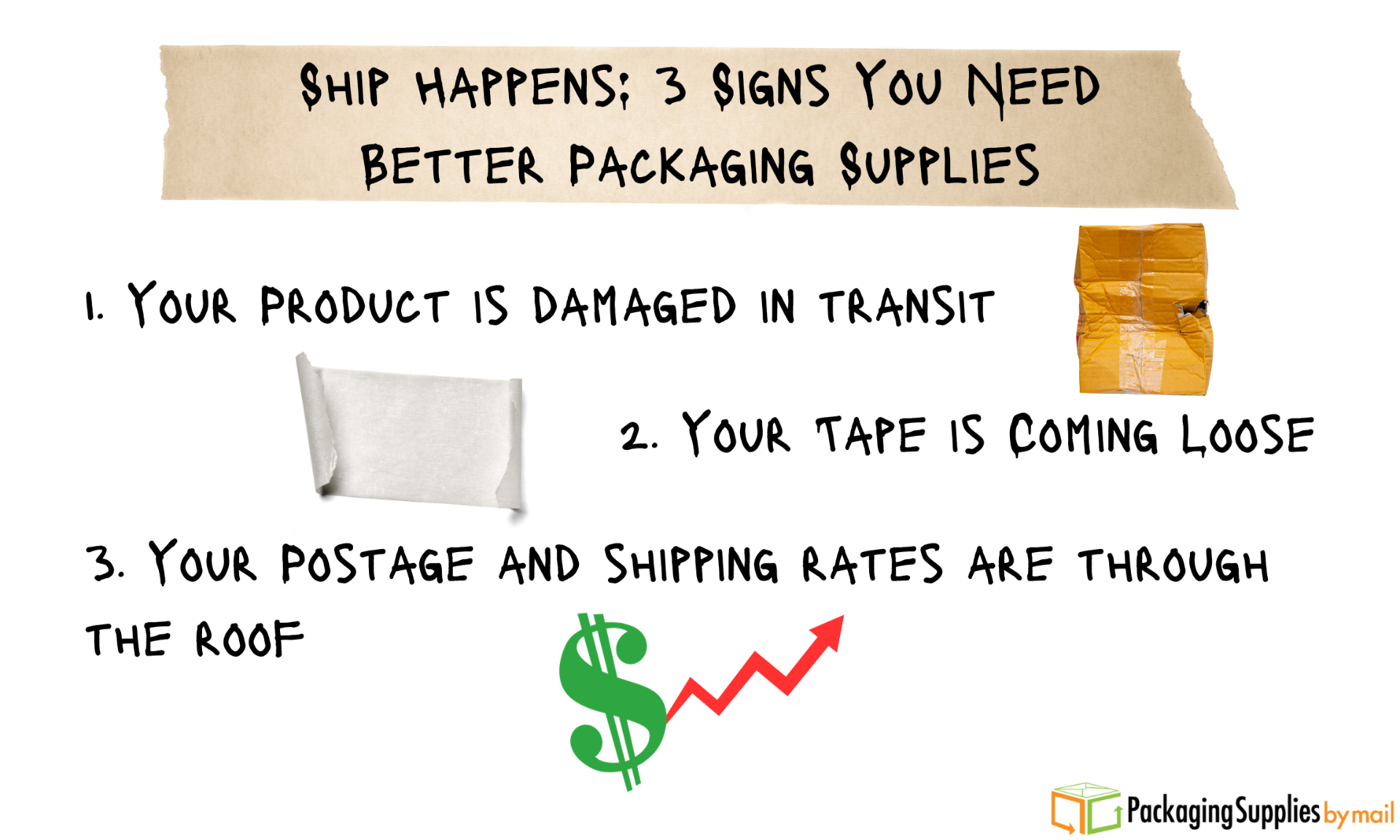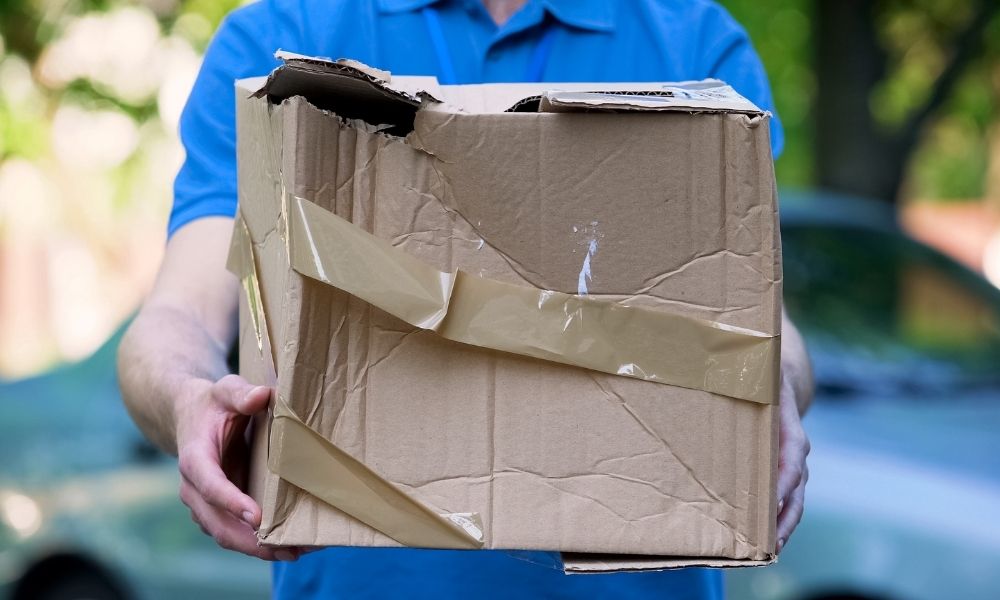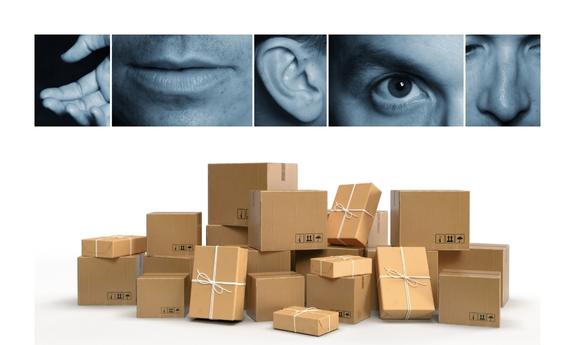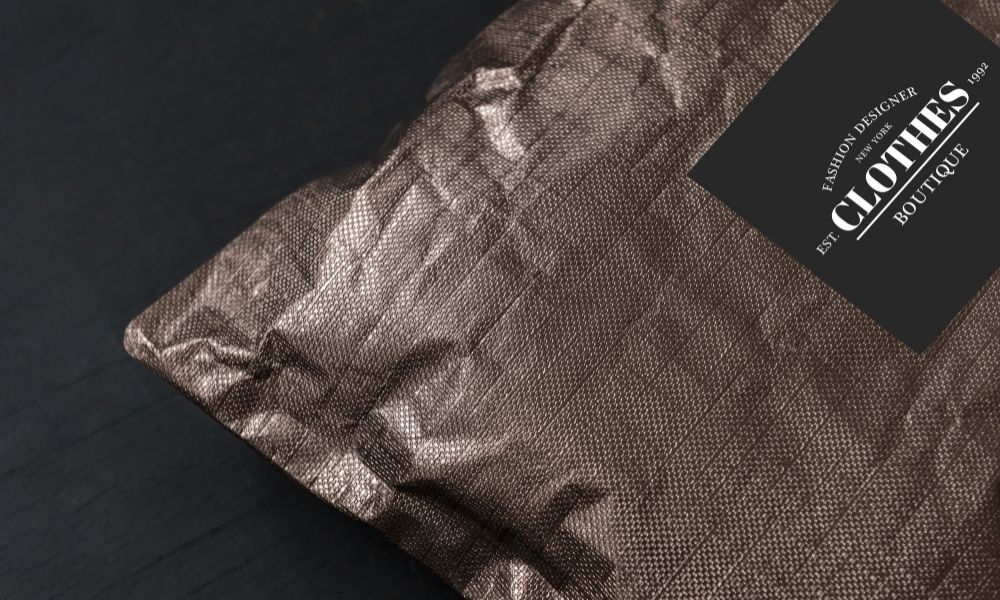A craftsperson is only as good as their tools and a company that does a lot of business by mail is only as good as their packaging supplies. If this statement describes your organization, then you’ll definitely want to make sure your materials are up to snuff. A periodic review of your equipment and supplies can save you from expensive delays, missing deliveries, and inevitable customer dissatisfaction. So be on the lookout for these three signs that you need better packaging supplies:
Your Product Is Damaged in Transit
The first sign is the most obvious: if your items are arriving at your customers’ doorsteps broken or inoperative, your packaging is probably not up to the task. Thin-walled shirt boxes may be fine for in-person exchanges, but they offer little protection against the jostling, bumping, and handling they will go through as they make their way through the shipping process.
You’ll want to invest in sturdy, corrugated boxes to keep your goods safe. In fact, go for double-walled boxes for an extra measure of protection. When you pack your goods, make sure you line the interior of the carton with plenty of cushioning material; Styrofoam peanuts and bunched-up newspaper will keep your items snug and safeguard them from all the bumps and shifting along the road.
Preventing product damage on the packaging end is critical, but you won’t be the only one handling these goods. Truckers and delivery drivers play a crucial role in ensuring the safety of your goods as they make their way to your customers’ homes and offices. For more information on preventing product damage from the driver’s end, take a look at this article from Circuit going over common mistakes and best practices.

Your Tape Is Coming Loose
The best packaging in the world won’t do you any good if you can’t properly seal it. While tape comes in many different varieties, not all of them can withstand the rigors of shipping and storage. Masking tape, for instance, is thin and provides little grip, so it is far from being the best option for sealing cartons. Even your high-strength and versatile duct tape will eventually come loose from the package and put your goods at risk of spilling.
Save yourself the headache and stock up on some carton sealing tape. These plastic-backed tapes are specially designed to be used for shipping and will keep your packages sealed and secure. If you want to take your tape to the next level, invest in some gummed kraft tape and a kraft tape dispenser. This water-activated tape can increase your throughput, reduce physical strain, and create a stronger, longer-lasting, and more tamper-proof seal than standard carton sealing tape.
Your Postage and Shipping Rates Are Through the Roof
Once you guarantee that your shipments are safe and secure, look into how much they cost. There’s a good chance that you’re spending more on shipping fees than you need to. As a rule of thumb, take measurements of the item you’ll be shipping, then get yourself some packaging that’s slightly larger. Not only will this keep your weight and sizes down, but your items held inside will have less room to shift around.
And don’t just weigh your boxes – check the volume, too! Not only do shipping companies have maximum size requirements, but they may charge you based on your package’s dimensional weight, or the volumetric size of it. Boxes are rigid and take up space, which can raise your dimensional weight charges. Poly mailers, on the other hand, are smaller, lighter, and more flexible, capable of keeping your goods protected and your shipping fees low. If you want to learn more, be sure you check out our article explaining why poly mailers may be a better packaging option for you than boxes.
Of course, the world of packaging is more nuanced than just these three factors; holidays, weather events, international customs, and other circumstances can affect when and how you package your goods. However, when you invest in the best packaging materials for shipping, the kind that minimize damages and costs, you’re already most of the way to successful shipments. And while you’re here, take a look at our extensive selection of packaging supplies and see how our bulk pricing and free shipping can help your business today.







Log In